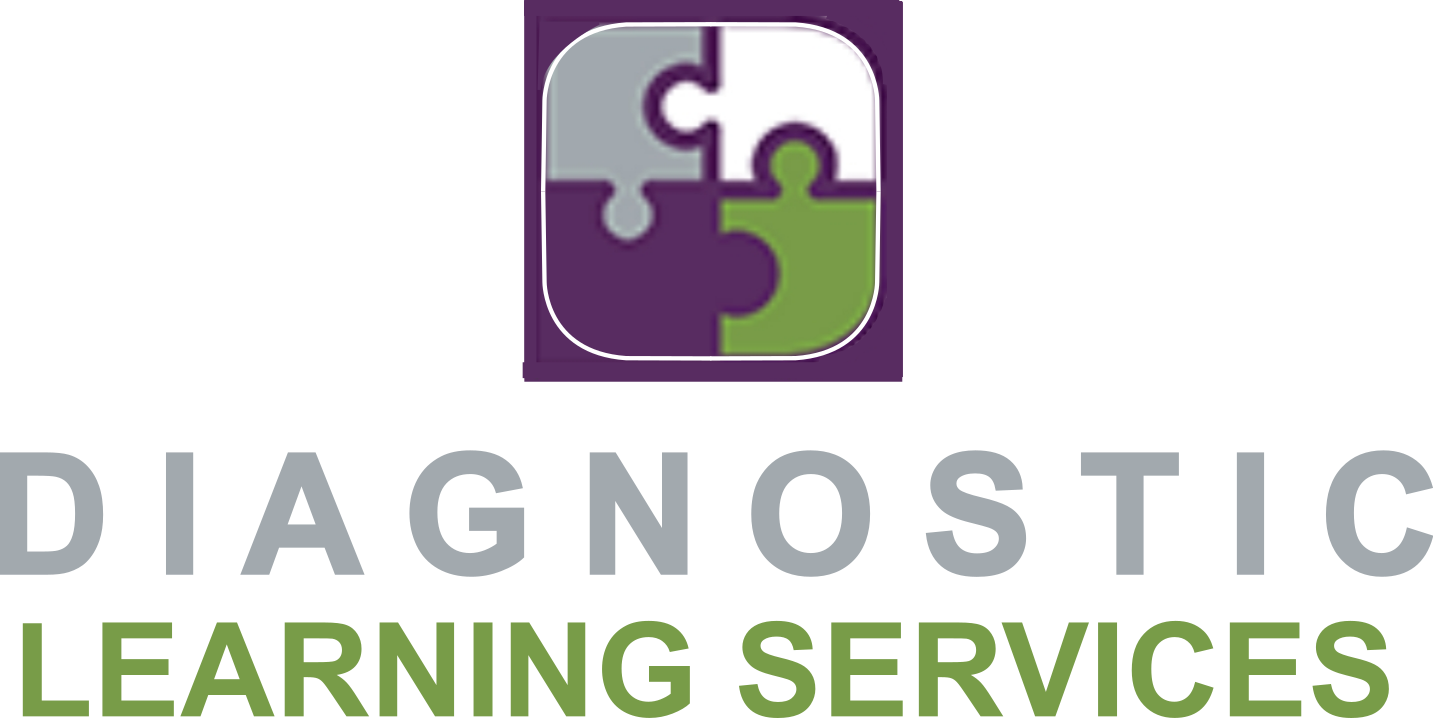Recognizing the Signs of Learning Disabilities: A Guide for Parents and Educators
Learning disabilities are neurological disorders that affect the brain's ability to receive, process, store, and respond to information. Early identification and intervention are crucial in helping children with learning disabilities reach their full potential. Recognizing the signs can be challenging, as they vary widely from one individual to another. This guide aims to help parents and educators identify potential learning disabilities early, enabling timely support and intervention.
Understanding Learning Disabilities
Learning disabilities are not indicative of a child's intelligence. Instead, they highlight differences in how a child processes information. These disabilities can affect various areas such as reading, writing, math, organization, and attention. Common types include dyslexia (reading), dysgraphia (writing), dyscalculia (math), and processing disorders (auditory or visual).
Early Signs in Preschool and Elementary-Aged Children
Language Development:
Delayed speech or difficulty pronouncing words
Trouble learning new vocabulary or using age-appropriate grammar
Difficulty following simple directions or understanding questions
Motor Skills:
Clumsiness or poor coordination
Difficulty with fine motor skills, such as holding a pencil or using scissors
Trouble learning to tie shoes, button clothes, or other self-care tasks
Cognitive and Academic Skills:
Struggling to learn the alphabet, numbers, colors, shapes, or days of the week
Difficulty rhyming or identifying sounds in words
Trouble with basic counting or recognizing patterns
Social and Emotional Development:
Difficulty making friends or interacting with peers
Frequent tantrums or extreme frustration over academic tasks
Low self-esteem or reluctance to try new activities
Signs in Middle School and High School Students
Reading and Writing:
Slow reading speed or poor reading comprehension
Frequent spelling errors or difficulty with grammar and punctuation
Avoidance of reading or writing tasks
Mathematical Skills:
Difficulty understanding math concepts or performing calculations
Trouble with word problems or abstract thinking in math
Inconsistent performance on math assignments and tests
Organizational Skills:
Trouble keeping track of assignments, materials, or schedules
Difficulty planning or prioritizing tasks
Poor time management skills
Attention and Behavior:
Inability to focus or sustain attention on tasks
Easily distracted or forgetful
Impulsivity or difficulty following rules and routines
The Diagnostic Process
If you suspect a child has a learning disability, it's important to seek a formal evaluation.
